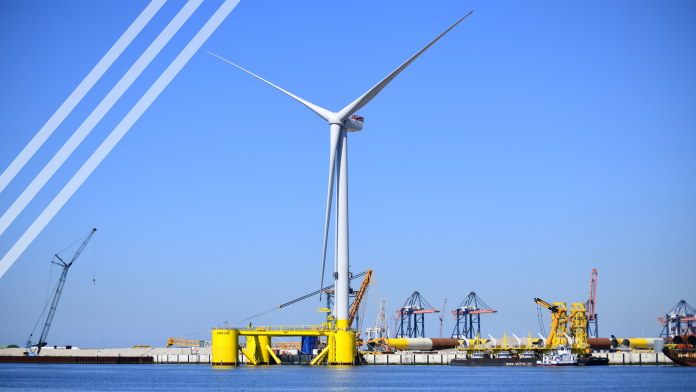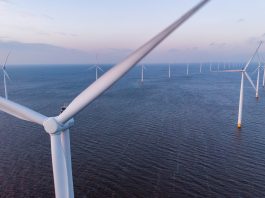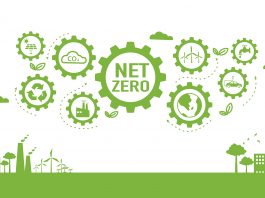Vidi Energy are ready to revolutionise offshore wind with their floating offshore wind turbines – it’s time for a ‘Model T moment’.
A new way to deploy offshore wind turbines is floating into view. Vidi Energy was created in 2020 to do things differently – we are revolutionising the way that offshore wind farms are constructed. Until now, small batches of offshore wind turbine components are hand built using one-off construction methodology, much like the process of building a bridge. This needs updating, and that is why we are preparing for our Model T moment.
Vidi Energy will deploy mass-production factories that turn out, standardised, ready to float, floating wind turbines. These floating offshore wind turbines will not be produced for just one project as we see today, but rather, for the market in general. The economies of scale will drive cost reductions for project developers and end consumers alike, reliability pushed up and deployment time pushed down. For the first time in the offshore wind industry, we will see a ‘Model T’ moment. As they did in Henry Ford’s time, these changes to lean manufacturing will herald a new era.
The beginnings
Vidi Energy’s CEO, a pioneer of the wind industry, Robert Speht, has 25 years’ experience in the wind and offshore wind sector and, over that time, has worked on many offshore wind projects worldwide.
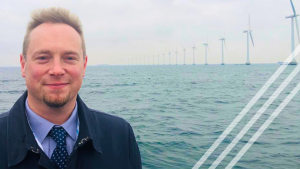
In the early days, he saw offshore wind projects being built using techniques that belong to the early 20th century – short-run batches of hand-built components in the supply chain and a ‘construction job’ approach to deploying wind turbines offshore. A turnkey contractor (or EPCI) who brings all the plant and machinery to the site, brings the personnel to site, the components are delivered to site in massive quantities requiring huge storage areas, and the vessels are chartered on a one-off basis.
This piecemeal approach does not allow for the huge savings that could be realised from economies of scale, if only the product and process could be standardised.
Unfortunately, today, 20 years later, offshore wind projects are still being built this way.
Despite the huge increase in the scale of projects, the scale of turbines, the costs, the depths at which they are deployed and distance from shore, the process of manufacturing, fabrication and assembly has not changed meaningfully. In many ways it still looks like a scene from the 1950s.
The methods used for offshore wind assembly have not evolved or improved much over the 25 years that projects have been installed. Something had to be done, and Vidi Energy was born to realise this opportunity.

The concept
At Vidi energy, we want to bring about our own ‘Model T moment’, and like Henry Ford, we will standardise a specification and automate the process of assembly, then progress to mass, serialised production.
We will employ lean manufacturing techniques and this will enable us to lower cost and improve reliability.
At our assembly hubs we will run a just-in-time, lean assembly process. As a result, we will not need the large storage areas for components, as they will be arriving just in time to our facilities. Our main suppliers, companies like wind turbine manufacturers, towers fabricators, foundations fabricators, et cetera, will also need to work in a lean and just-in-time way to be able to supply our hubs.
Therefore, not only will our Vidi Energy assembly hubs be much more efficient than the current construction methods, but also the supply chain supplying us will also become much leaner too.
Robert Speht, CEO of Vidi Energy, said: “At Vidi Energy, we believe in creating affordable, durable and easy-to-operate floating offshore wind turbines. Our focus on serialised production drives down costs, just like Henry Ford did with the Model T. We will standardise, automate and mass-produce to revolutionise the future of floating wind.”
The market is substantial, with the global offshore wind energy market size1 being $5.78bn in 2022 and projected to reach more than $31bn annually by 2032, representing a combined average growth rate (CAGR) of 18.5% between 2023 and 2032. The European market is currently the largest market among all regions.
The company set up
Vidi energy was founded in 2020 and our aim is to build out a global network of assembly hubs. At Vidi Energy we have plans for six hubs in the global regions where offshore wind and floating offshore wind are booming.
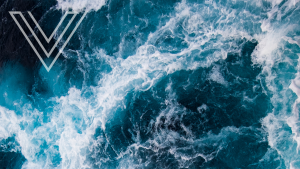
The company is three years old and is currently open for its next round of equity investment. Over the next three years, we will build out the process, systems, software and Artificial Intelligence (AI) needed to commercialise our offering.
We will then launch our ready to float floating offshore wind turbines in the market in around three years’ time.
The next phase of offshore wind
The next phase of development will take two years and the equity investment that we are raising now will support the costs of building out the processes, systems, software and AI that we need to bring our ready-to-float floating wind turbines to market.
We will develop our systems based on lean manufacturing techniques and look towards other industries – for example, the automotive and aerospace sectors – to bring in the skills and techniques that we need. These lean manufacturing techniques are largely not seen today in the assembly and deployment phase in the offshore wind sector.
Today, all offshore and floating offshore wind projects are in effect a one-off construction job, similar to the process of building a new bridge or hotel.
Today, a turnkey contractor (or EPCI) brings together all of the plant and machinery, personnel, components, vessels, et cetera, needed and then constructs an offshore wind farm. The fabrication further back in the supply chain is in short-run, bespoke, batches.
At the end of the project, everyone involved demobilises and flies home to where they came from. For the next project, it is typically a different location, a different specification, a different turnkey contractor, different personnel, and different vessels.
The lack of standardisation from one project to the next means that the industry, its supply chain and its customers do not benefit from the economies of scale that come from standardisation.’
The hubs build out
We plan to build our mass-production assembly hubs in six key locations around the world to service the six main offshore and floating offshore wind markets around the world – in Europe, the US, and in Asia.

Our assembly hubs will be developed together with our long-term supply partners, such as wind turbine OEMs and foundation and towers fabrication companies. We expect to plan, finance, build, and own these assembly hubs in cooperation with these partners and the mix of partners may be different in different global regions, depending on local supply chain and local content requirements.
The future of offshore wind
We expect and predict that most offshore wind in the future will be floating offshore wind, rather than fixed foundation offshore wind turbines, as seen today. This is analogous to the automotive sector, where today, most people drive cars that are internal combustion engines (petrol or diesel). In the future, maybe 20 years from now, most cars will be electric vehicles.
We see a future where the majority of offshore wind turbines will be floating rather than fixed foundation. This is because floating foundation offers the opportunity to standardise, automate, and serialise the production and deployment. This, in turn, enables the whole supply chain to standardise and invest in new manufacturing plants, which allows for a unit production cost reduction and therefore lower capital expenditure for developers, a better ROI for investors and a lower LCOE (levelised cost of energy) for the end-consumer.
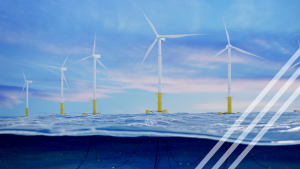
Eventually, we believe most floating wind turbines will be mass-produced and we expect other competitors to try and break into this market in the future. This is certainly what happened in the automotive and other sectors.
Vidi Energy is here now and ready to go. We are pioneering this movement within the offshore wind sector, and we have the expertise, experience and passion that is needed to make this next change. We will vigorously protect our intellectual property (IP) rights, and continue to build out our IP to stay ahead of competitors that may enter the market in the future.
Vidi Energy is open to hearing from new investors, partners, suppliers, and customers from across the globe. We look forward to working in the floating wind markets of the future, across Europe, the US and Asia. We are actively pursuing these locations and welcome cooperation with other companies in establishing Vidi Energy in these exciting offshore wind market.
At Vidi Energy, we are ready to float – are you?
Get in touch with the team to learn more about our work, partnering with us, or investing in Vidi Energy.
References
1 Offshore Wind Energy Market Size in U.S. 2023 To 2032
Please note, this article will also appear in the sixteenth edition of our quarterly publication.

